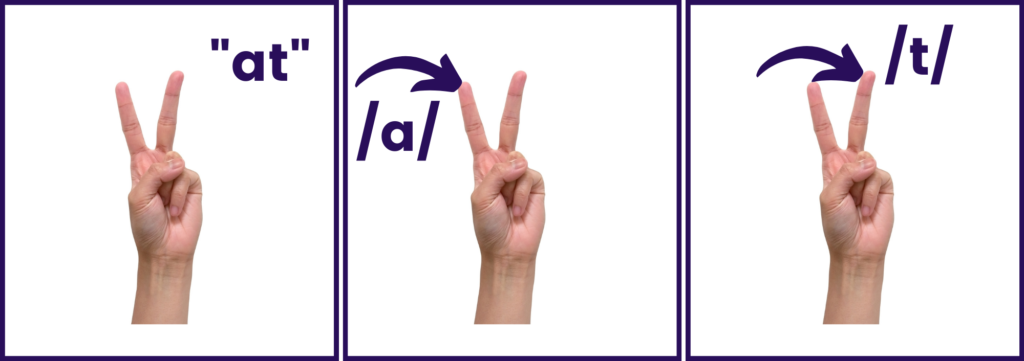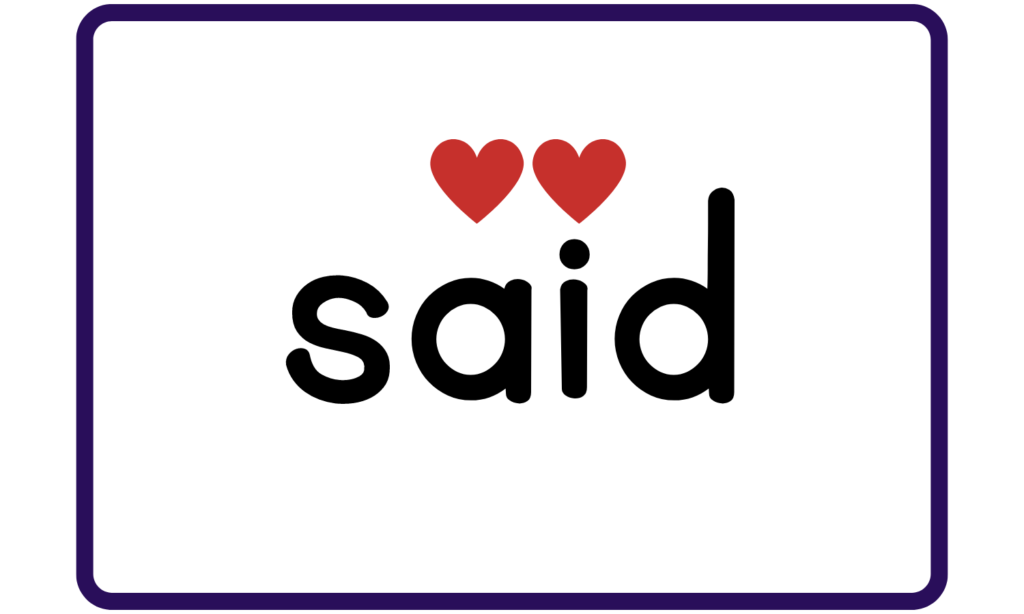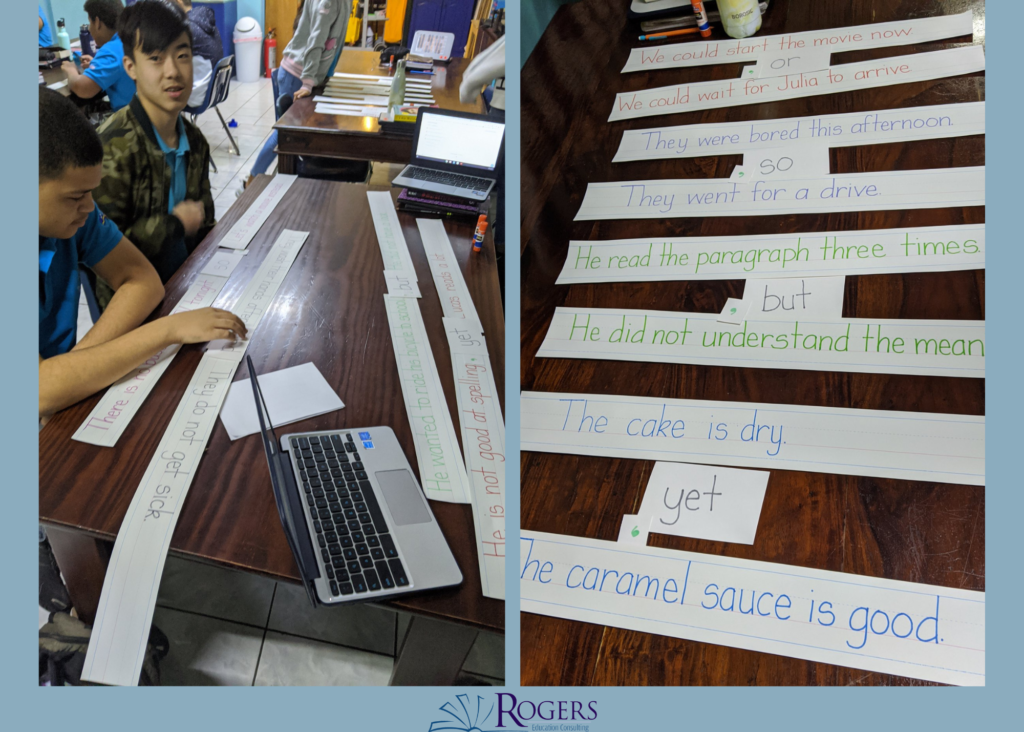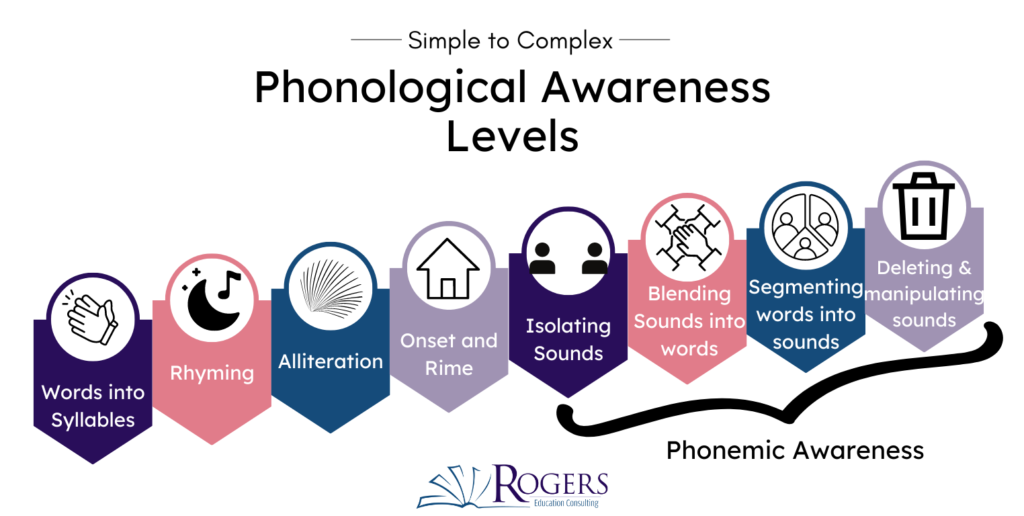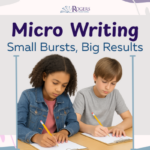As an administrator, observing classrooms is a crucial part of ensuring effective instruction and supporting teacher development. When you walk into a classroom, you should see clear evidence of both word recognition and language comprehension being taught. Here’s a guide to help you know what to look for and the questions to ask to ensure high-quality literacy instruction.
1. Evidence of Word Recognition
Word recognition involves phonological awareness, decoding, and sight recognition. Here’s what you should look for:
Phonological Awareness
- What to See: Activities like rhyming games, isolating sounds, segmenting and blending sounds, and manipulating phonemes (e.g., adding or deleting sounds to form new words).
- Questions to Ask:
- How often do students engage in phonological awareness activities?
- Can you show me examples of how phonological awareness is integrated into daily lessons?
Decoding
- What to See: Explicit teaching of letter-sound relationships, students practicing decoding skills through reading decodable texts.
- Questions to Ask:
- How are decoding skills taught and practiced in your classroom?
- What types of texts are used to reinforce decoding skills?
Sight Recognition
- What to See: Regular practice with high-frequency words, teaching heart words (words that need to be learned by heart because they don’t follow typical phonetic patterns), and integration of these words into the study of spelling patterns.
- Questions to Ask:
- How do you ensure students develop a strong sight word vocabulary?
- What strategies are in place for students who struggle with sight word recognition?
2. Evidence of Language Comprehension
Language comprehension includes background knowledge, vocabulary, language structures, verbal reasoning, and literacy knowledge.
Background Knowledge
- What to See: Integration of content-rich texts that build knowledge on various topics, thematic units that connect reading with science or social studies.
- Questions to Ask:
- How do you select texts to build students’ background knowledge?
- Can you give examples of how you integrate other subjects into your reading instruction?
Vocabulary
- What to See: Direct vocabulary instruction, use of rich and varied language in read-alouds and discussions, and vocabulary notebooks.
- Questions to Ask:
- How is vocabulary instruction embedded in your daily routine?
- What methods do you use to ensure students understand and use new vocabulary words?
Language Structures
- What to See: Explicit teaching of grammar and syntax, sentence combining, and expanding activities.
- Questions to Ask:
- How do you teach and reinforce understanding of language structures?
- Can you show examples of student work that demonstrate their understanding of complex sentences?
Verbal Reasoning
- What to See: Activities that promote inferencing, predicting, and discussing text, use of questioning techniques to deepen understanding.
- Questions to Ask:
- How do you encourage students to think deeply about texts?
- What strategies do you use to develop students’ verbal reasoning skills?

Literacy Knowledge
- What to See: Discussions about genres, text features, and author’s purpose, use of anchor charts and graphic organizers.
- Questions to Ask:
- How do you teach students about different types of texts and their features?
- What tools do you use to help students analyze and understand texts?
3. Evidence of Systematic Instruction
A teacher-directed, logical, and carefully planned sequence of instruction that aims to maximize the likelihood that students already have the knowledge and understanding to learn something new.
- What to See: Structured and sequential instruction, use of multi-sensory approaches (e.g., letter tiles, finger tracing).
- Questions to Ask:
- Can you describe your approach to teaching phonemic awareness and phonics?
- How do you ensure that instruction is systematic and sequential?
4. Explicit Instruction
- What to See: Clear learning objectives, modeling of strategies, guided practice followed by independent practice.
- Questions to Ask:
- How do you make your instructional goals clear to students?
- Can you give an example of how you model a new reading strategy?
5. Evidence of Targeted Interventions
Diagnostic Data and Interventions
- What to See: Use of diagnostic assessments to identify student needs, small group instruction tailored to specific skill gaps, and progress monitoring.
- Questions to Ask:
- How do you use diagnostic data to inform your instruction?
- Can you show examples of how you differentiate instruction based on student needs?
By knowing what to look for and asking the right questions, you can ensure that your teachers are providing high-quality, research-backed literacy instruction. This not only supports your teachers but also leads to better outcomes for your students. Remember, your observations and feedback are pivotal in fostering an environment where every student has the opportunity to become a proficient reader.
